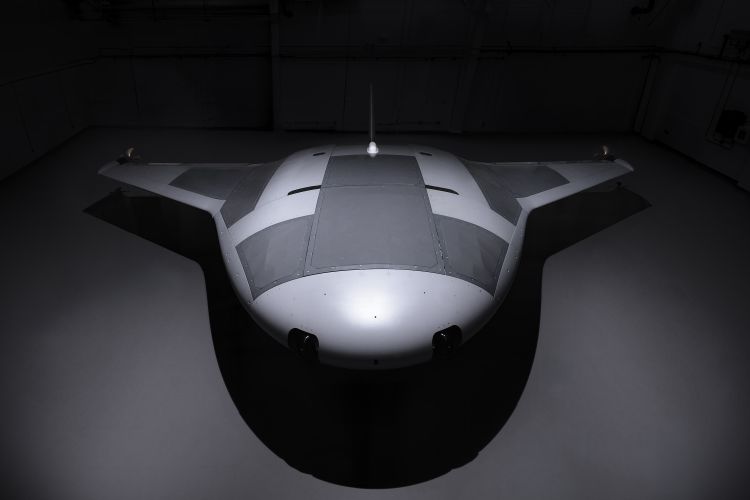619x316.jpg)
619x316.jpg)
619x316.jpg)
From the Visuals of a Rudder, don't get confused with an aircraft, that's submerged ! Its rather a prototype uncrewed underwater vehicle (UUV) named Manta Ray, built by Northrop Grumman under a program by DRAPA.
Inspired by the graceful glide of Manta Ray, a social creature that frequents the tropical waters of the Great Barrier Reef, Northrop Grumman has assembled a new class of UUV for undersea missions.

As per a press release by Defense Advanced Research Projects Agency (DRAPA) , the craft has now completed full-scale, in-water testing off the coast of Southern California in the month of February and March 2024.
The press release read,
The Manta Ray prototype uncrewed underwater vehicle (UUV) built by performer Northrop Grumman completed full-scale, in-water testing off the coast of Southern California in February and March 2024.
As per DRAPA, the testing demonstrated at-sea hydrodynamic performance, including submerged operations using all the vehicle’s modes of propulsion and steering: buoyancy, propellers, and control surfaces.
Dr. Kyle Woerner, DARPA program manager for Manta Ray, said :
“Our successful, full-scale Manta Ray testing validates the vehicle’s readiness to advance toward real-world operations after being rapidly assembled in the field from modular subsections,” “The combination of cross-country modular transportation, in-field assembly, and subsequent deployment demonstrates a first-of-kind capability for an extra-large UUV.”
_619x316.jpg)
To facilitate the testing, Northrop Grumman shipped the Manta Ray prototype in subsections from the build location in Maryland to its test location in California. The demonstrated ease of shipping and assembly supports the possibility of rapid deployment throughout the world without crowding valuable pier space at naval facilities.
“Shipping the vehicle directly to its intended area of operation conserves energy that the vehicle would otherwise expend during transit,” said Woerner. “Once deployed, the vehicle uses efficient, buoyancy-driven gliding to move through the water. The craft is designed with several payload bays of multiple sizes and types to enable a wide variety of naval mission sets.”

A full-size prototype of Manta Ray was assembled in Northrop Grumman’s Annapolis facility. (Photo Credit: Northrop Grumman)
Manta Ray aims to develop and demonstrate a new class of long-duration, long-range, payload-capable UUVs ready for persistent operations in dynamic maritime environments. DARPA is engaging with the U.S. Navy on the next steps for testing and transition of this technology.
Manta Ray will have command, control, and communications (C3) capability to enable long-duration operations with minimal human supervision. The data from Manta Ray will help the joint force make better decisions and gain advantage during missions.
Manta Ray is expected to provide payload capability from the sea, making it a critical component of subsea warfare and the DoD’s Joint All Domain Command and Control (JADC2) vision.
(Display Photo Courtesy : DARPA)
